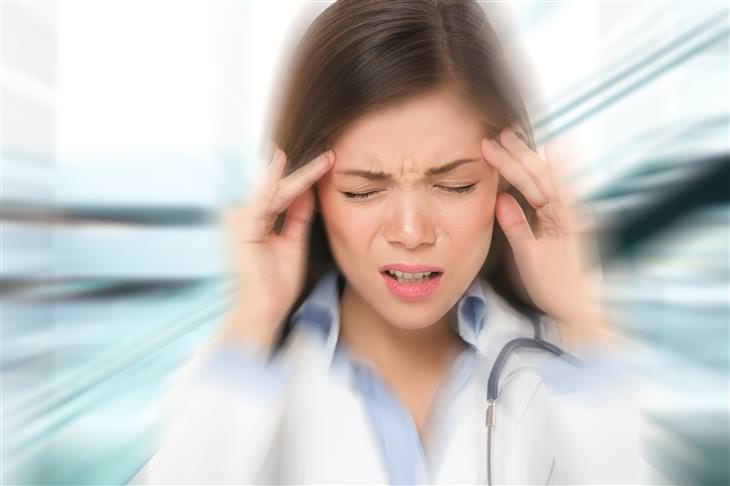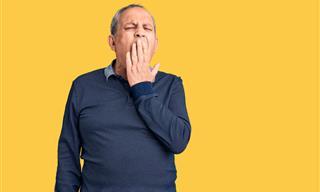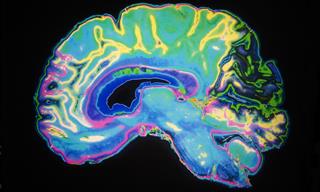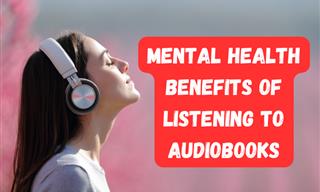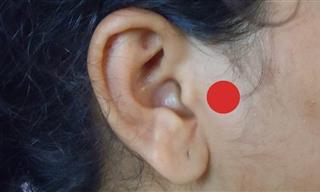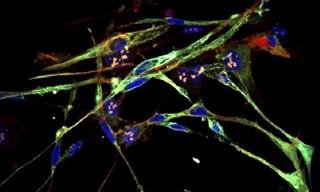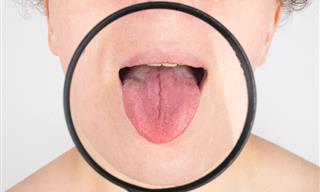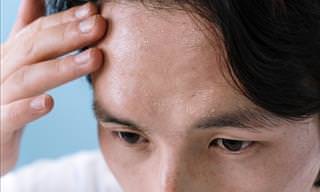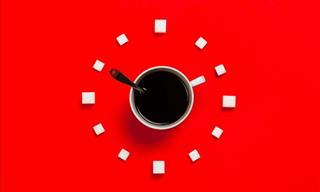1. Migraines and headaches are the same
This is by far the most common myth about migraines. Experiencing severe pounding or throbbing pain in either one or both sides of the head is common for migraines, but it is by no means the only symptom of this disease. In fact, headaches are not always present during a migraine.
In reality, migraines are a chronic neurological disease that comes with very distinct symptoms not present in most headaches. Nausea, light and sound sensitivity, numbness, vertigo, visual disturbances, speech impairment, and general weakness are all common symptoms of migraines.
These symptoms can be just as severe and debilitating as the migraine headache itself. As Dr. MaryAnn Mays, a registered neurologist, stated, “The truth is, it’s a neurological disease that can impact your work, family, and social functioning.”
2. Diet and supplements can cure a migraine
Some foods are believed to trigger migraines. Alcohol, chocolate, cheese, and gluten are just some of the foods that can trigger migraines in some people. That said, eliminating all of these migraine-causing foods may not be the best idea, as this may lead to a nutrient deficiency and is not universally effective. Some patients benefit from cutting out chocolate or gluten from their diet, but others don’t.
We advise that you have a food diary and try to determine which foods (if any) could be causing your migraines. Keep in mind that things like stress, hormonal changes, and sleep deprivation can also trigger a migraine.
As for nutritional supplements like vitamin D, B2, and magnesium, they can help decrease the incidence of migraines for some patients, but they, unfortunately, don’t work for everyone. It’s definitely worth eating healthy and trying supplementation to manage migraines, but don’t expect these dietary changes to cure your migraine.
3. Caffeine triggers migraines
The answer to whether or not caffeine can trigger migraines is a complicated one. While it is true that some migraine sufferers are sensitive to caffeine and find that drinking coffee triggers their migraines, this is rather rare. Others patients suffering from migraines actually benefit from caffeine.
Many find that drinking caffeinated beverages before an attack helps lower the intensity of their migraines. To complicate things even further, studies point out that caffeine withdrawal is a more common migraine trigger than caffeine. So suddenly stopping a coffee-drinking habit can actually backfire and make you more likely to experience a migraine.
4. Migraines are not a serious condition
There is a common misconception that migraines are not serious or debilitating. This couldn’t be further from the truth. Migraines can be debilitating or even disabling. Even people that don’t experience severe migraines note that their work, family, and social life is affected by the condition. Since migraines can last for up to 6 days and tend to peak in one’s late 20s to early 40s, even relatively mild migraines can be quite destructive to one’s daily life.
But there’s an even more severe potential outcome for some patients. A rare type of migraine known as a hemiplegic migraine can cause severe weakness, temporary paralysis, or even stroke.
5. A true migraine has an aura
For those of you wondering, an aura is a specific sensory disturbance that appears before a migraine. “Migraine aura is a neurological symptom that immediately precedes the headache. It may consist of visual disturbances (seeing flashing lights or experiencing partial loss of vision that gradually spreads across the visual field), or other sensory phenomena (numbness or tingling gradually spreading across the face or down the arm),” said Dr. Vernon Williams, a neurologist.
This ominous symptom is often believed to be the sign of a “true” migraine, but in reality, only 10–30% of migraine sufferers experience an aura. Moreover, most people who get migraines with an aura also experience migraines without an aura.
6. Men don’t get migraines
This myth comes from the fact that the majority of migraine patients are female. It is estimated that about 18% of women but only 6% of men suffer from migraines. But that doesn’t mean that men don’t get migraines altogether. In fact, this is a dangerous myth to spread because it makes men less likely to seek treatment when they experience migraines.
It’s difficult to say why women are more likely to get migraines, but researchers believe that it’s most likely a mixture of genetic, neurological, and hormonal factors.
We also find it important to point out that boys experience more migraines in childhood than girls do, but this seems to shift after puberty. So if your child or grandchild (boy or girl) is complaining about frequent “headaches,” it’s crucial to recognize that you as a parent or grandparent could be dealing with a migraine.
7. OTC headache medicine helps migraines
OTC pain medication has limited use for many migraine patients. These medications may do the trick for people experiencing mild to moderate migraines, but many patients require special pain relievers for migraines like triptans or preventative medications to treat their migraines.
Moreover, relying on OTC medications if you have frequent migraines may trigger side effects, including so-called “medication overuse headaches.” So use OTC pain relievers carefully, and ask for more targeted prescription options from your physician. “For occasional headaches, taking an OTC pain reliever may be effective. But if you have one to two migraine headaches per week, you can get into a medication overuse pattern that makes headaches worse,” Dr. Mays stated.
8. There is nothing one can do to manage migraines
It is true that you cannot cure migraines, but you can certainly treat them and reduce the severity and recurrence of migraines with the help of lifestyle changes and medications. Adopting good eating habits, adequate hydration, stress reduction, physical exercise, and healthy sleep were scientifically proven to control migraines.
Maintaining a healthy lifestyle will reduce your risk of getting a migraine even when you’re exposed to something that usually triggers a migraine. While these changes will not make your migraines go away completely, there is evidence that suggests it may eliminate the need for you to take prescription medication.
It’s also important to point out that there are several novel medical therapies that aid in the prevention and symptomatic treatment of migraines, like calcitonin gene receptor peptide (CGRP) antagonists, anti-seizure medicines, gepants, and beta-blockers. So remember that there’s a lot you can do to make yourself feel better and regain control over your life.
Share this important information with others!
 Go to BabaMail
Go to BabaMail






